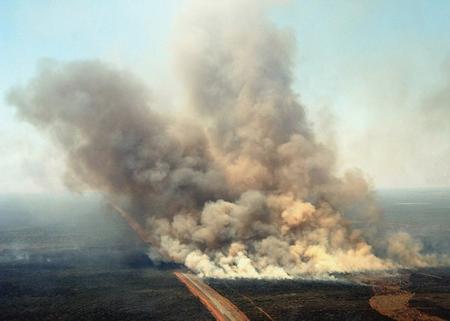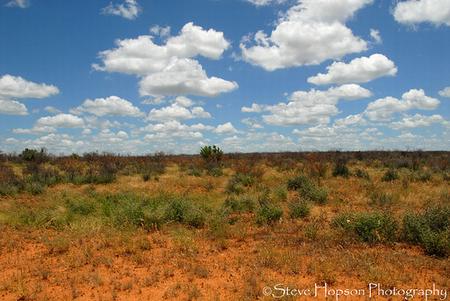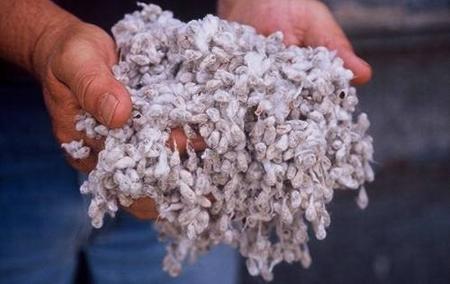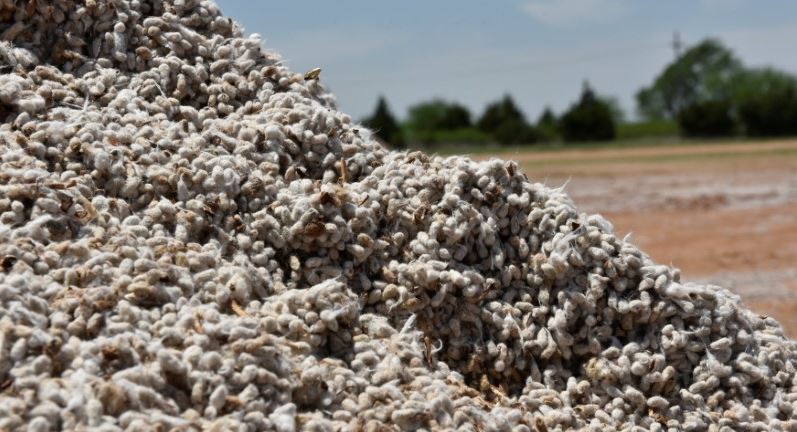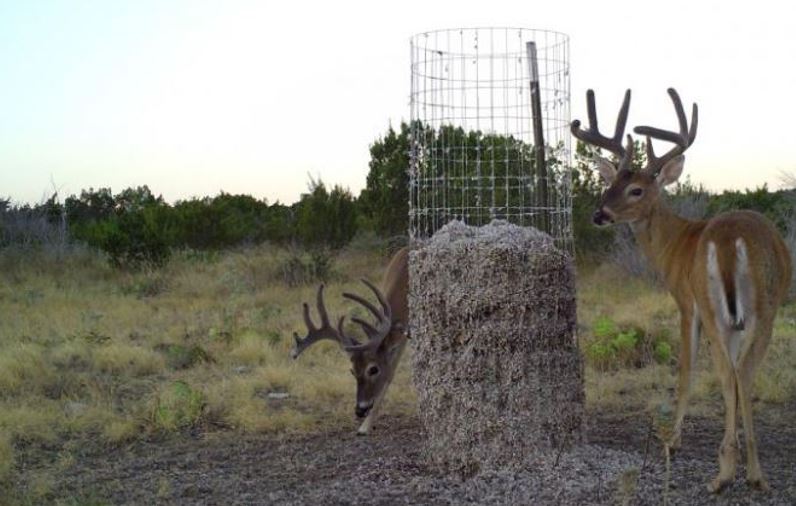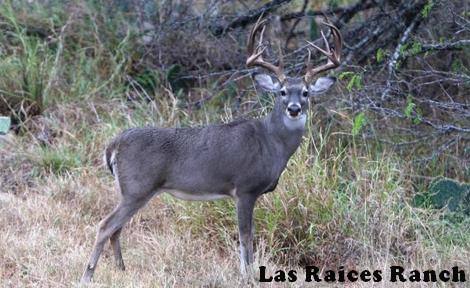Every hunter wants to harvest a trophy buck, but when it comes to white-tailed deer hunting the reality falls somewhere between shooting a big buck versus deer overpopulation. On one hand, you have hunters that really just want to harvest a single deer, preferably a big, mature buck. Then on the other hand, you have deer numbers that need to be controlled. This will probably not come as a surprise to you, but the average deer hunter only wants to harvest one deer, or more precisely, one buck. While most hunters love seeing numerous deer while out in the field, an important part of deer management is population management.
The reason I bring this up is because just this last week ranches near Kerrville, on the western edge of the Texas Hill Country, were finding dead deer after several days of cold and wet weather. The cause of these deaths — malnutrition. And before assuming that these deer were confined within a high fence that maintained too many animals, I’ll let you know that they were not. In fact, most of the animals found dead were free-ranging white-tailed and axis deer, but they were all starving. Basically, the deer population of the area has exceeded the carrying capacity of the winter range. They were all competing for limited winter forage, and the weakest died.
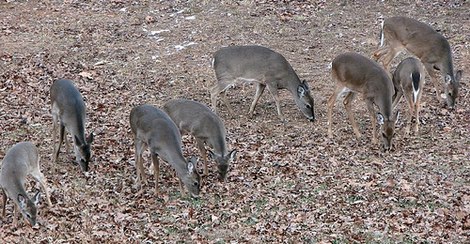
Reports indicate that the found deer were in poor physical condition, hip bones exposed, backbones showing, and no internal fat. The rumens of most of the dead whitetails were packed with cedar, some dead oak leaves, and even yucca leaves. Axis deer rumens were packed primarily with dry grasses. The cedars (ashe juniper) in the vicinity of the dead animals were severely browsed. Obviously, the cause of death was malnutrition caused by overpopulation that was exacerbated by the cold, wet conditions that persisted over several days.
Axis deer are more susceptible to cold, wet weather than white-tailed deer because they are an exotic subtropical species, but the end result of malnutrition is realized when mixed with winter weather. Deer in less than optimal condition are always more susceptible to disease and death. Additionally, parasite loads can only make an individual animal’s situation worse. So how can winter die-offs be avoided?
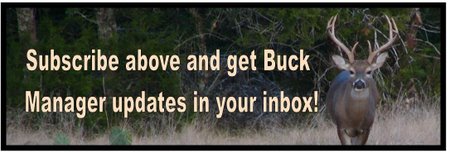
First, the deer population must be kept in check with the habitat. Sure, you may only want to harvest one buck, but realize that the health of each individual deer depends on the availability of food. Supplemental feeding can help, but only if it’s at an adequate level and of the proper type to support the deer population. Each deer impacts every other deer because of the competition for limited resources, but this contest can be greatly reduced if free-choice supplemental food is provided 24-7, year-round. When animals are found dead, remember that the weakest die first.
When monitoring a deer population, many factors can indicate potential deer management problems. Individual body weights, fawn survival (as an indicator of doe and habitat health), and habitat use can all be used to gauge herd health. With that said, pay close attention to the health of deer harvested early in the season. Underweight deer (for their age) are good indicators of a potential problem. In addition, if deer are eating undesirable species, such as cedar, they and the habitat are in very poor condition.
